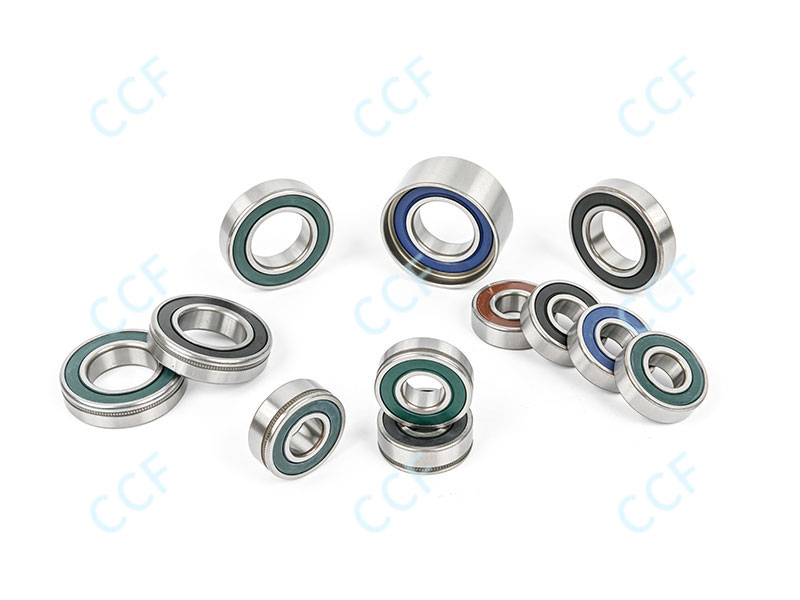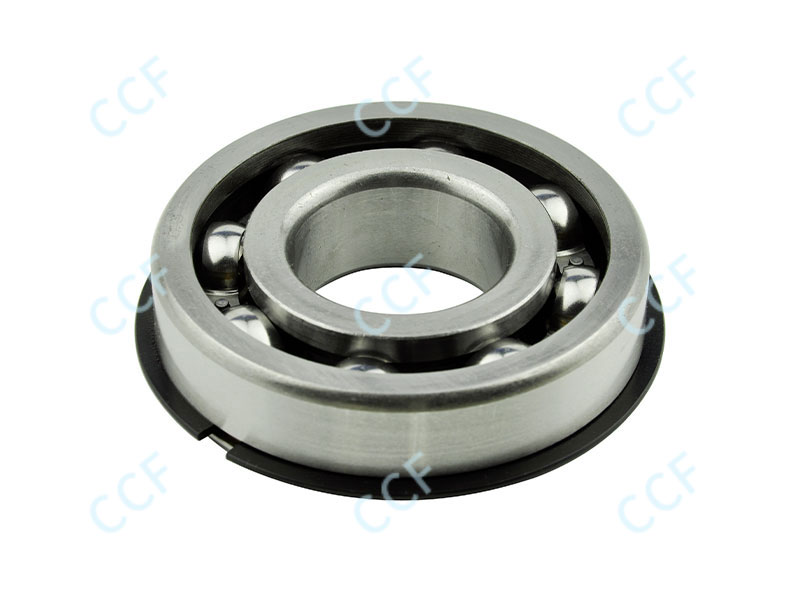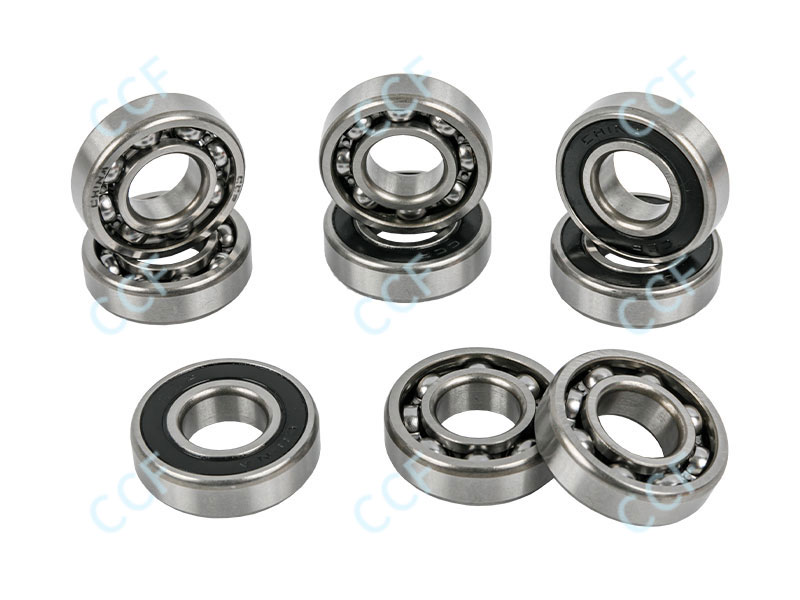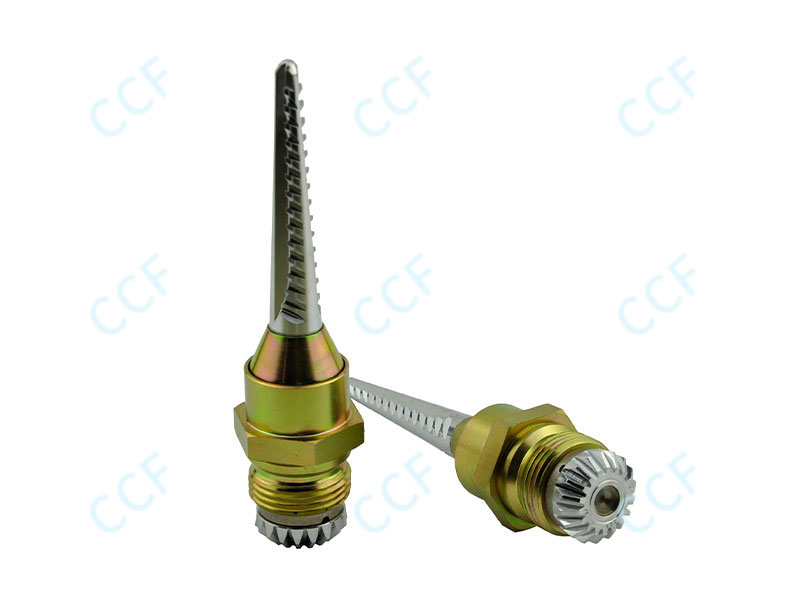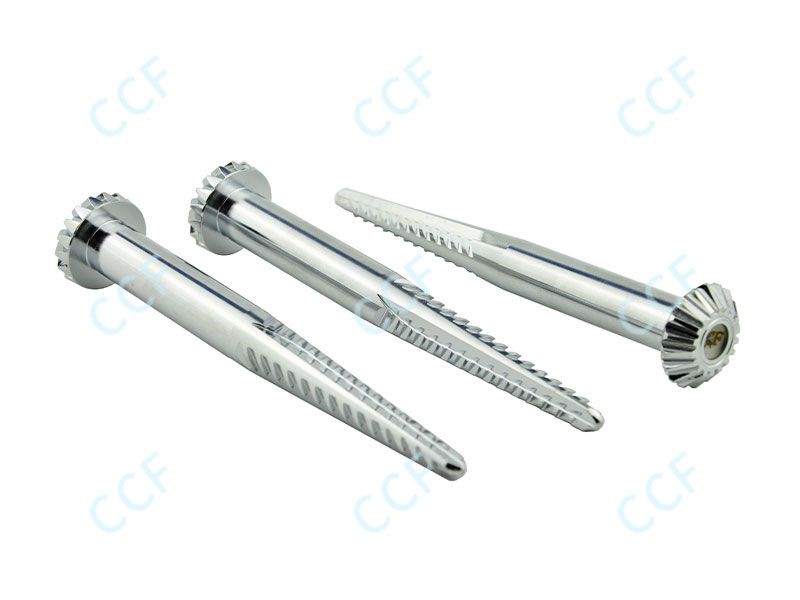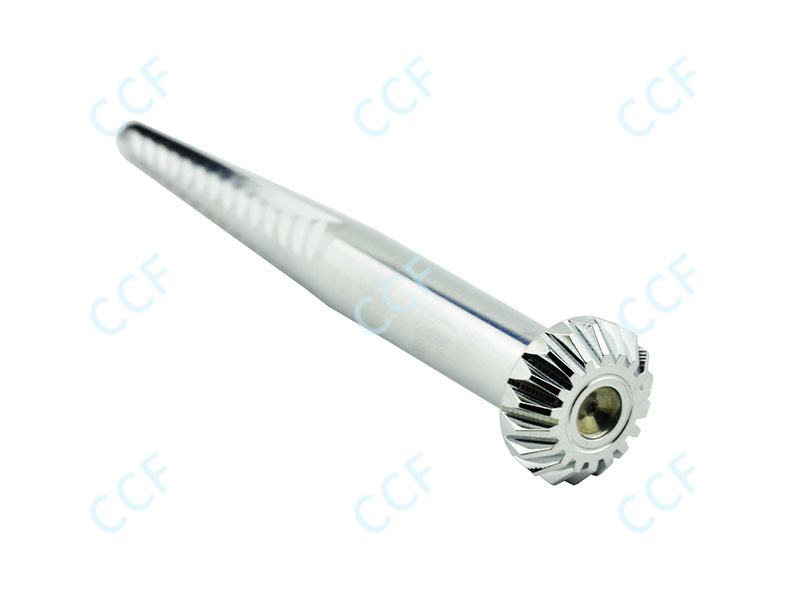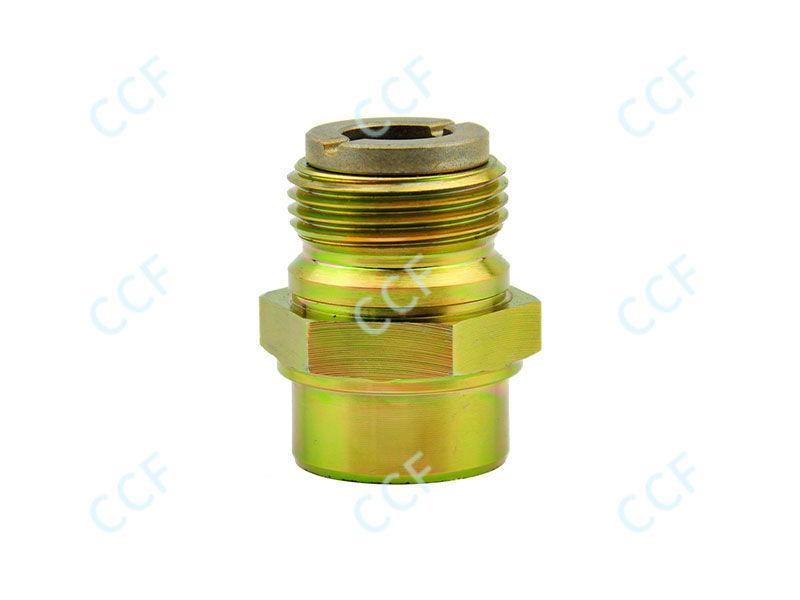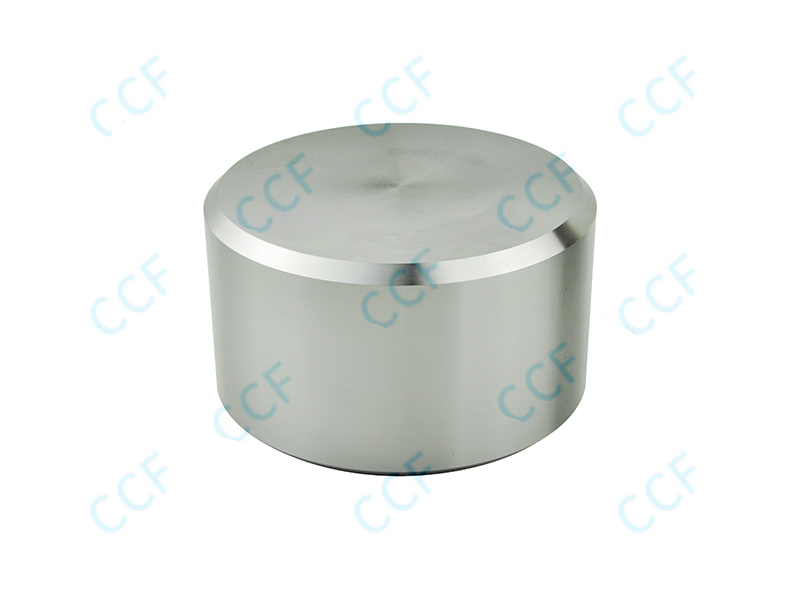With the growing awareness of environmental protection globally, the manufacturing industry is actively seeking more environmentally friendly production methods. Among various metal processing technologies, metal forging has garnered significant attention for its unique environmental benefits. So why are METAL FORGING PARTs considered highly environmentally friendly?
Metal forging is an efficient material forming technique that involves heating, compressing, and shaping metal materials to achieve the desired shape and size. Compared to other metal processing technologies, metal forging offers significant advantages in material utilization. During the forging process, there is minimal waste of metal materials, and most of the material can be effectively used. This reduces the demand for raw materials and mining activities, thereby minimizing environmental damage.
Although metal forging requires a certain amount of energy to heat the metal materials, its overall energy consumption is relatively low compared to other metal processing methods. Moreover, with technological advancements, modern metal forging equipment increasingly focuses on improving energy efficiency. The use of more efficient heating and cooling systems further reduces energy consumption. This helps in reducing greenhouse gas emissions and mitigating the negative impact on the environment.
The metal forging process generates relatively little waste, and the waste that is produced usually has high recycling value. Through specialized waste recycling and processing techniques, these waste materials can be converted into new raw materials and reused in metal forging or other metal processing procedures. The high recycling rate of waste materials not only lowers production costs but also reduces environmental pollution.
The pollution emissions generated during the metal forging process are relatively low. Unlike some other metal processing methods, forging does not require the use of chemical agents, thereby avoiding the production of harmful substances. Modern metal forging equipment is typically equipped with efficient filtration and exhaust systems that effectively reduce the emission of waste gases, wastewater, and solid waste. These measures help to decrease environmental pollution and protect the ecosystem.
The high environmental friendliness of metal forged parts is evident not only during the production process but also in their application fields. As society's environmental requirements continue to rise, more industries are paying attention to the environmental performance of their products. Metal forged parts, with their high material utilization, low energy consumption, and minimal pollution emissions, have become an important force in promoting sustainable development. Products manufactured using metal forging technology not only meet market demands but also reduce negative environmental impacts, achieving a win-win situation for both economic and environmental benefits.
